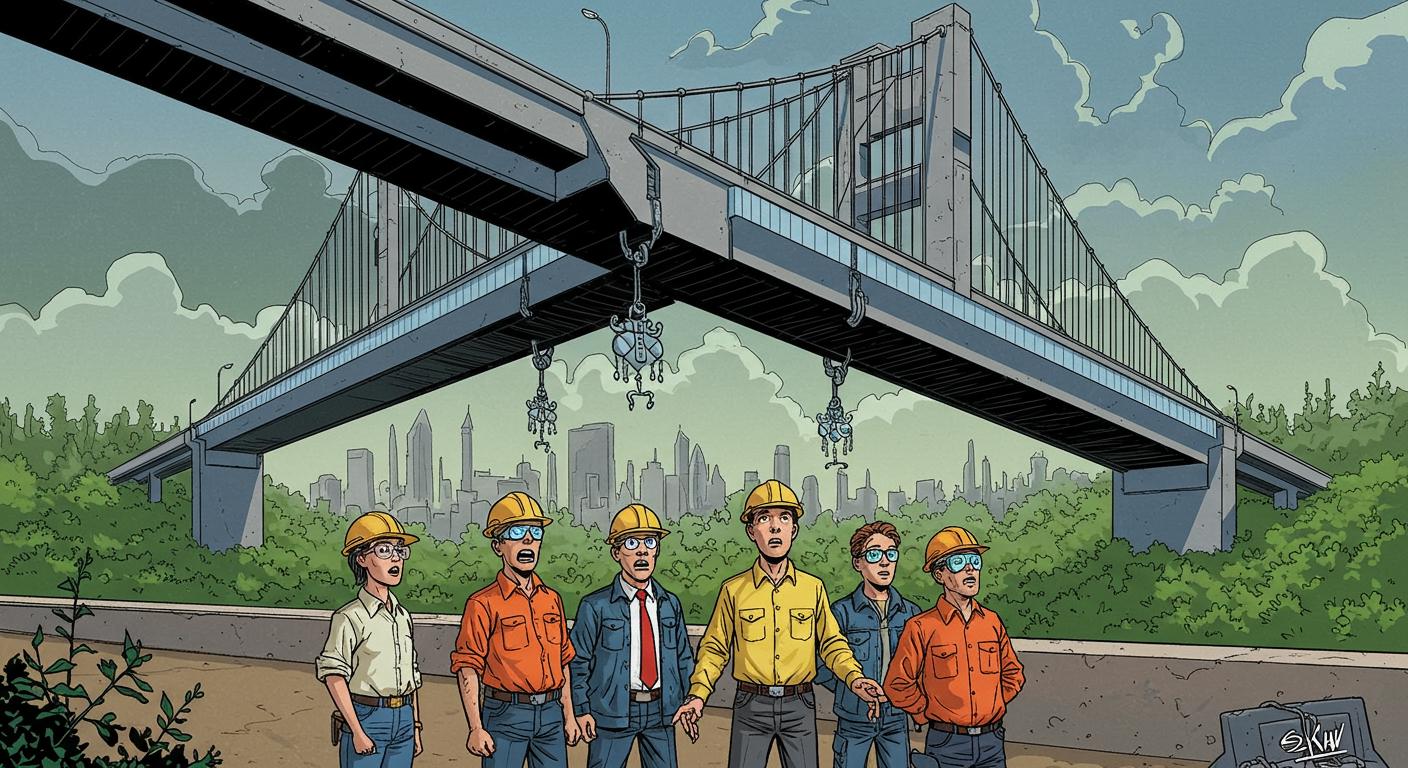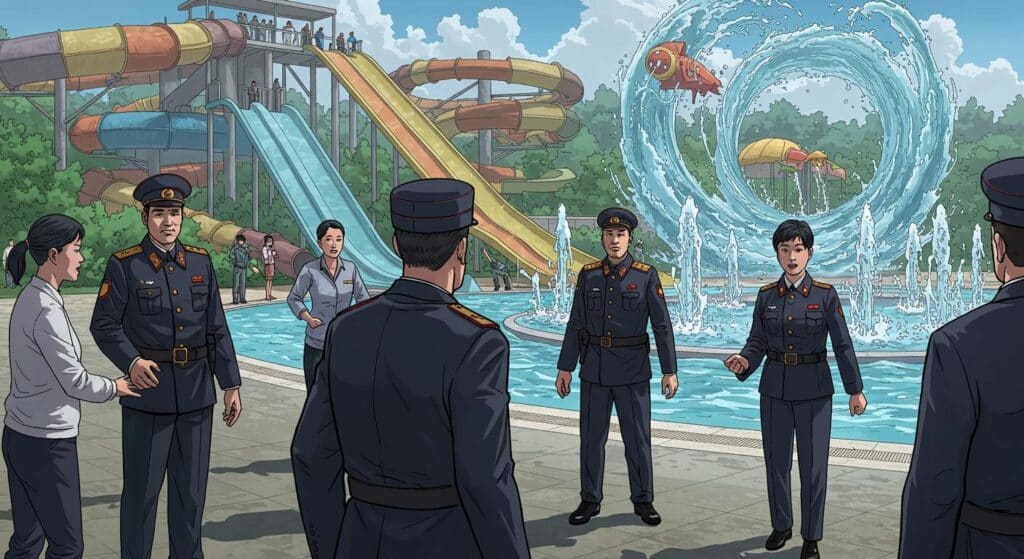Occasionally, you come across an engineering story that feels less like the result of months of technical planning and more like the product of an especially confusing board game. In a curious turn of affairs, Oddity Central reports that seven engineers were suspended after a $2.3 million bridge was revealed to feature an abrupt 90-degree turn—a design feature that seems to beg more questions than it answers.
A Bridge with a Plot Twist
Bridges are generally celebrated for their ability to connect two points in the most straightforward manner—unless, evidently, you’re involved in the project cited by Oddity Central, where the path takes an unexpected right-angle detour midway through. All that is certainly disclosed in the report is the construction cost, the sharp turn, and the subsequent suspension of the engineers involved. The article does not clarify the bridge’s location, its intended daily users, or whether the serpentine design was a response to some unforeseen obstacle.
The essential facts are sparse: according to the outlet, seven engineers found themselves suspended relating to this bridge’s design after its completion at considerable expense. No details are offered as to whether this was a matter of miscommunication, miscalculation, or an overlooked portion of the blueprint that somehow slipped through routine checks.
Who Gave the Green Light?
Usually, large-scale projects like bridges undergo numerous layers of review. As Oddity Central notes, the number of personnel suspended indicates this was not the product of a single oversight but rather an issue involving multiple parties responsible for ensuring everything was in order. Still, the story does not shed light on how a 90-degree turn made it through what one assumes are several checks and balances.
In the absence of details about what prompted this design—be it practical necessity, a sudden on-site obstacle, or architectural ambition—one can only observe the result: a bridge with a bend sharp enough to make anyone’s morning commute a little more interesting.
Unanswered Questions
Oddity Central confines itself to the core oddity and the aftermath of suspensions, leaving several blanks unfilled. We don’t know whether the bridge is open for use, if it created difficulties for vehicles or pedestrians, or even how the public has responded to its unusual design. The report does not provide images, firsthand accounts, or statements from the suspended engineers or local officials.
Is there a justifying factor behind the ninety-degree angle—a rare environmental or geographical constraint, perhaps? Or was this an error that snowballed through a list of approvals and signatures? With these pieces missing, one is only left to marvel at a project whose planning process, at least from the outside, appears to have taken its own unexpected turn.
The Takeaway
As described by Oddity Central, this bridge now stands as a curiosity—and potentially as an expensive lesson—in the pitfalls of group oversight and the necessity of thorough review. Without further explanation from those involved, the only thing more surprising than the bridge’s angle is the lack of details about how it came to be. Until more context emerges, you have to wonder if anyone on the project team saw this coming—or if, like users of the bridge, they too were blindsided by an abrupt change in direction.







